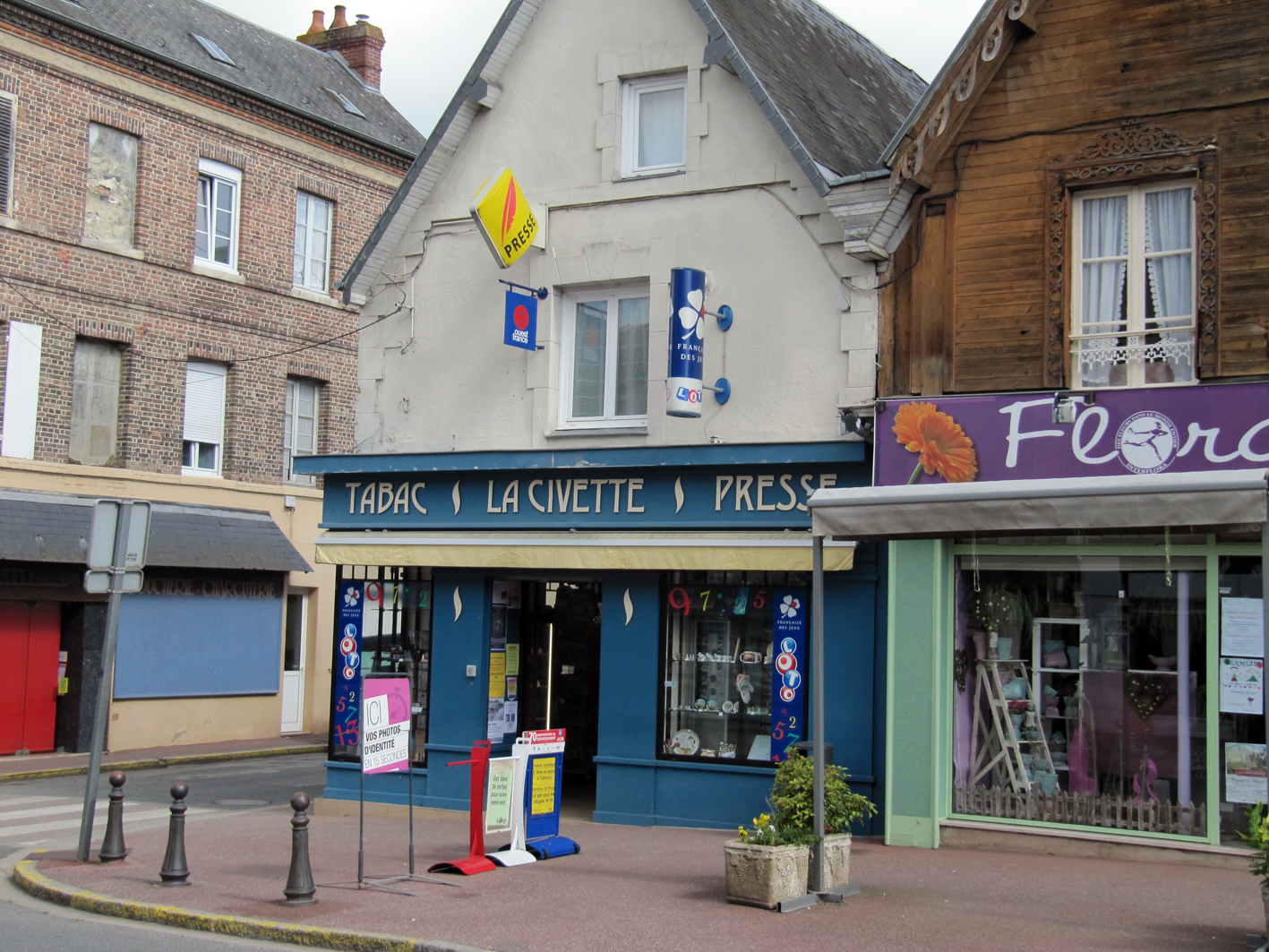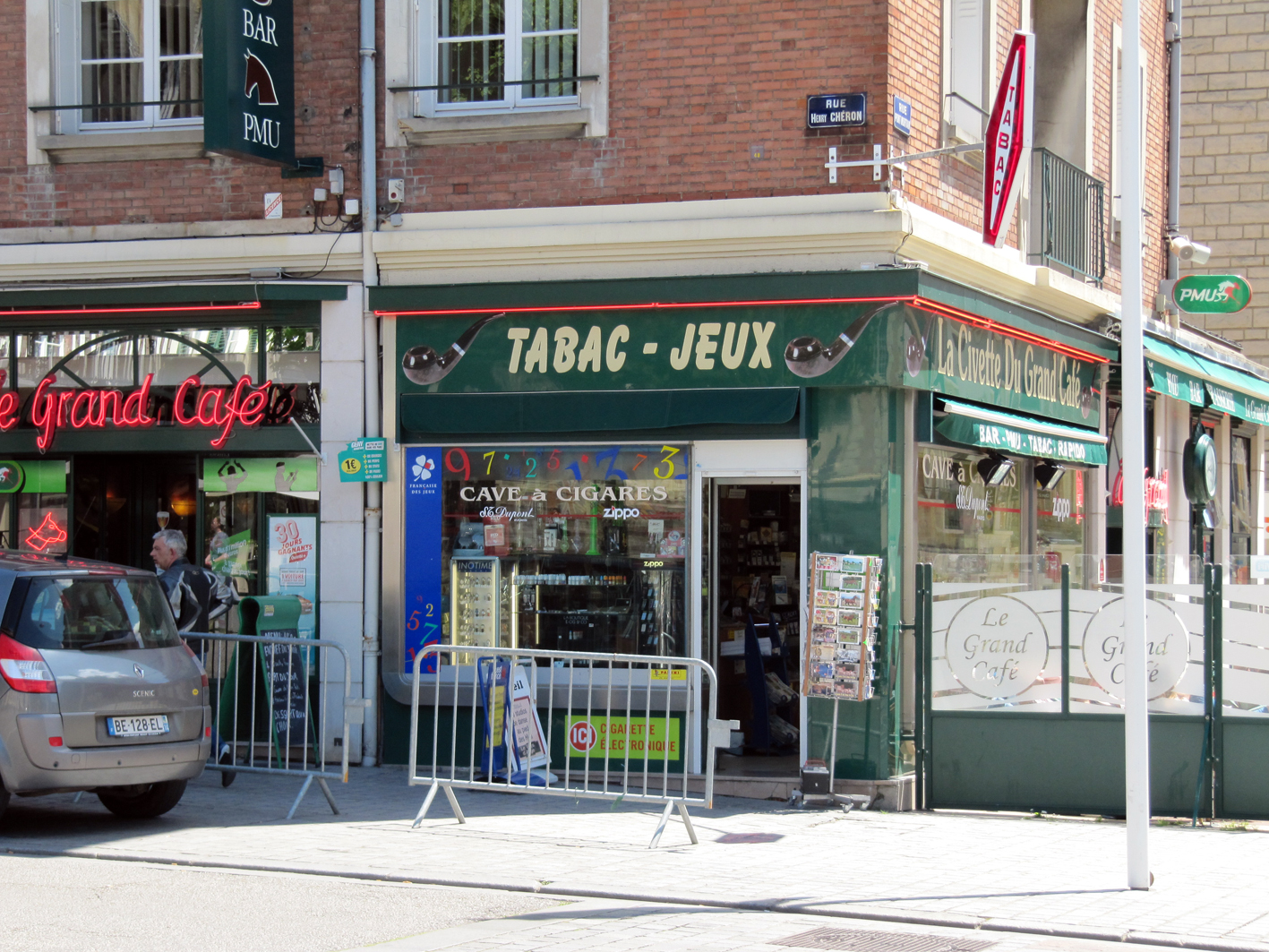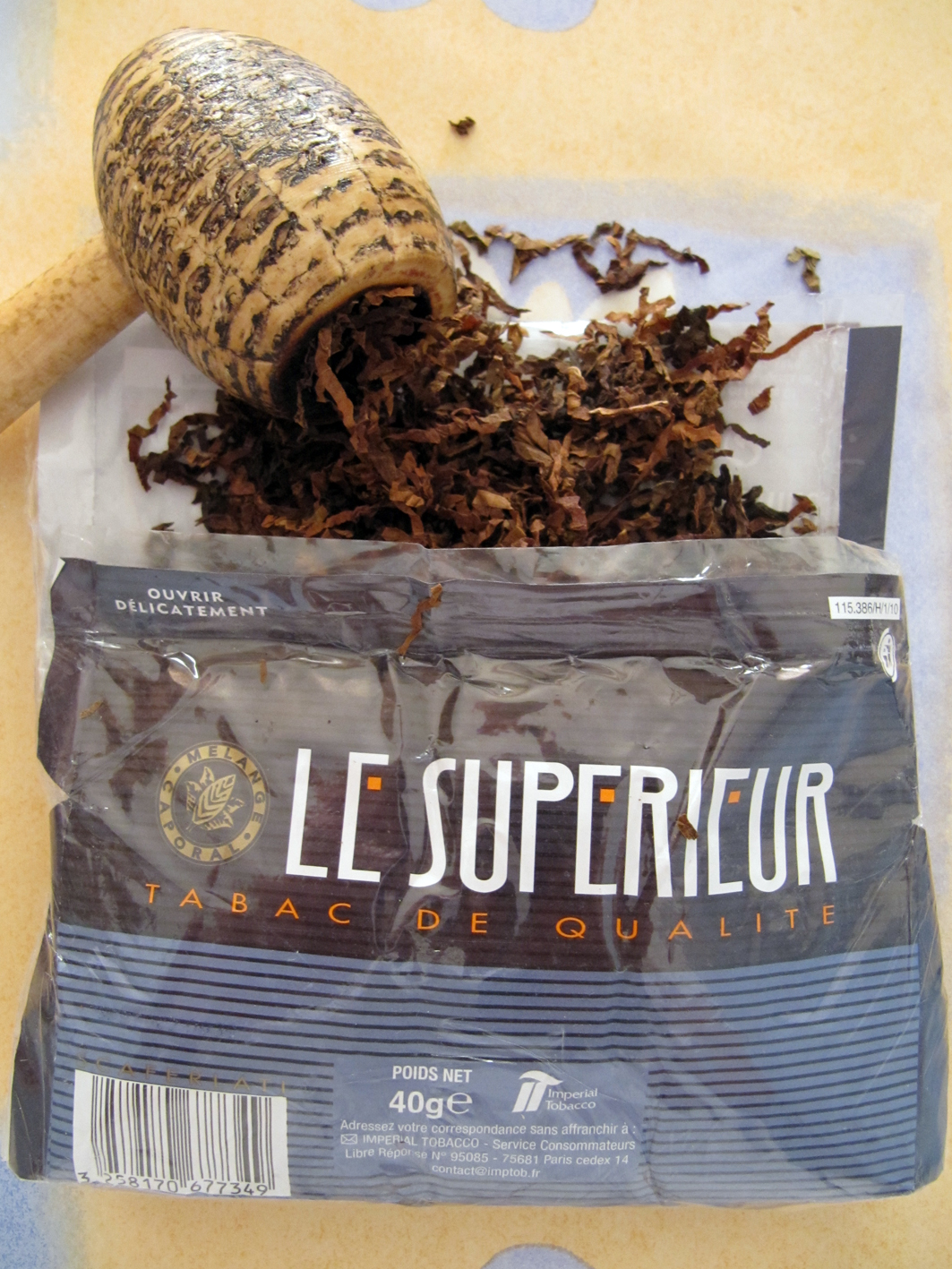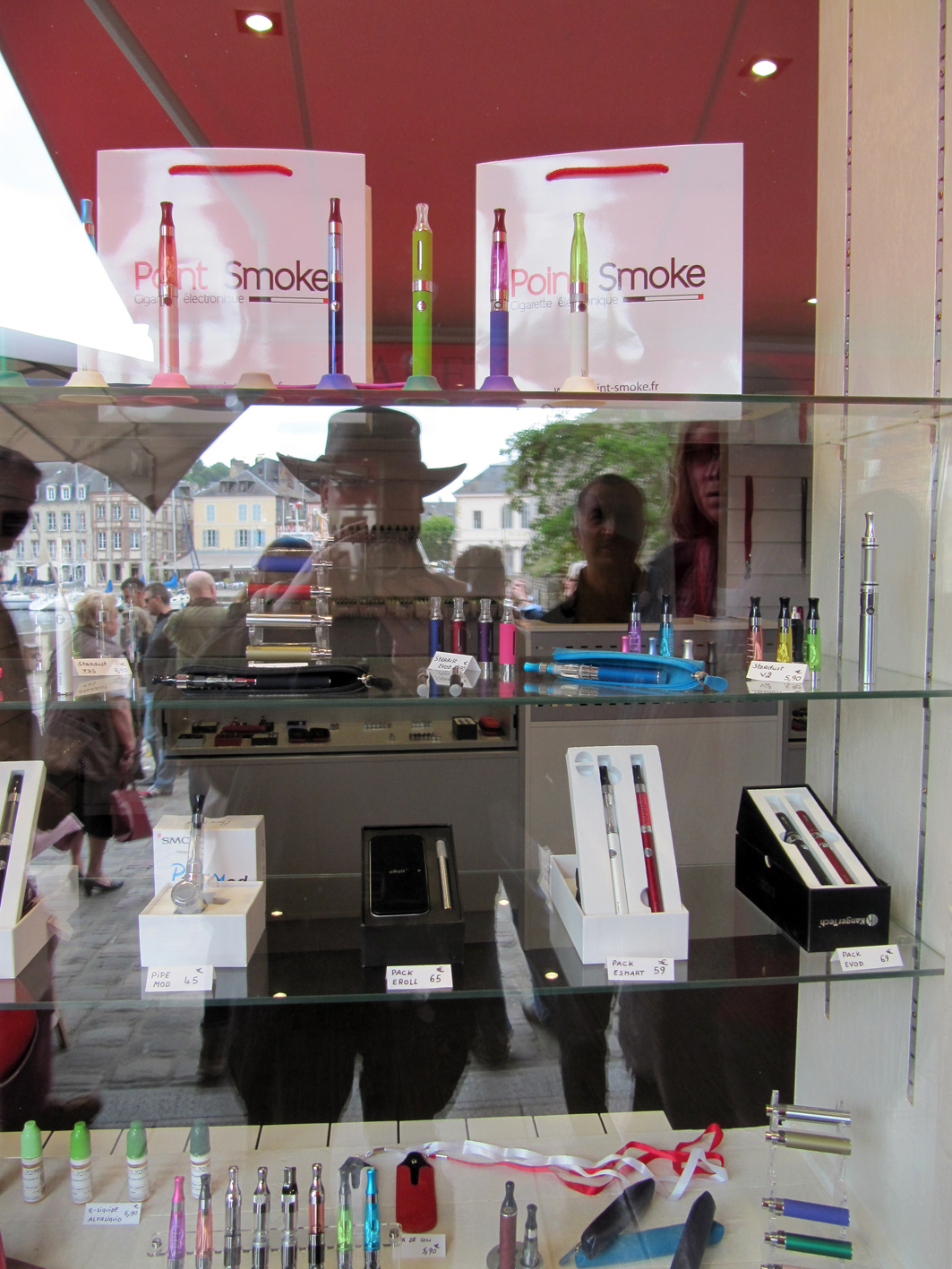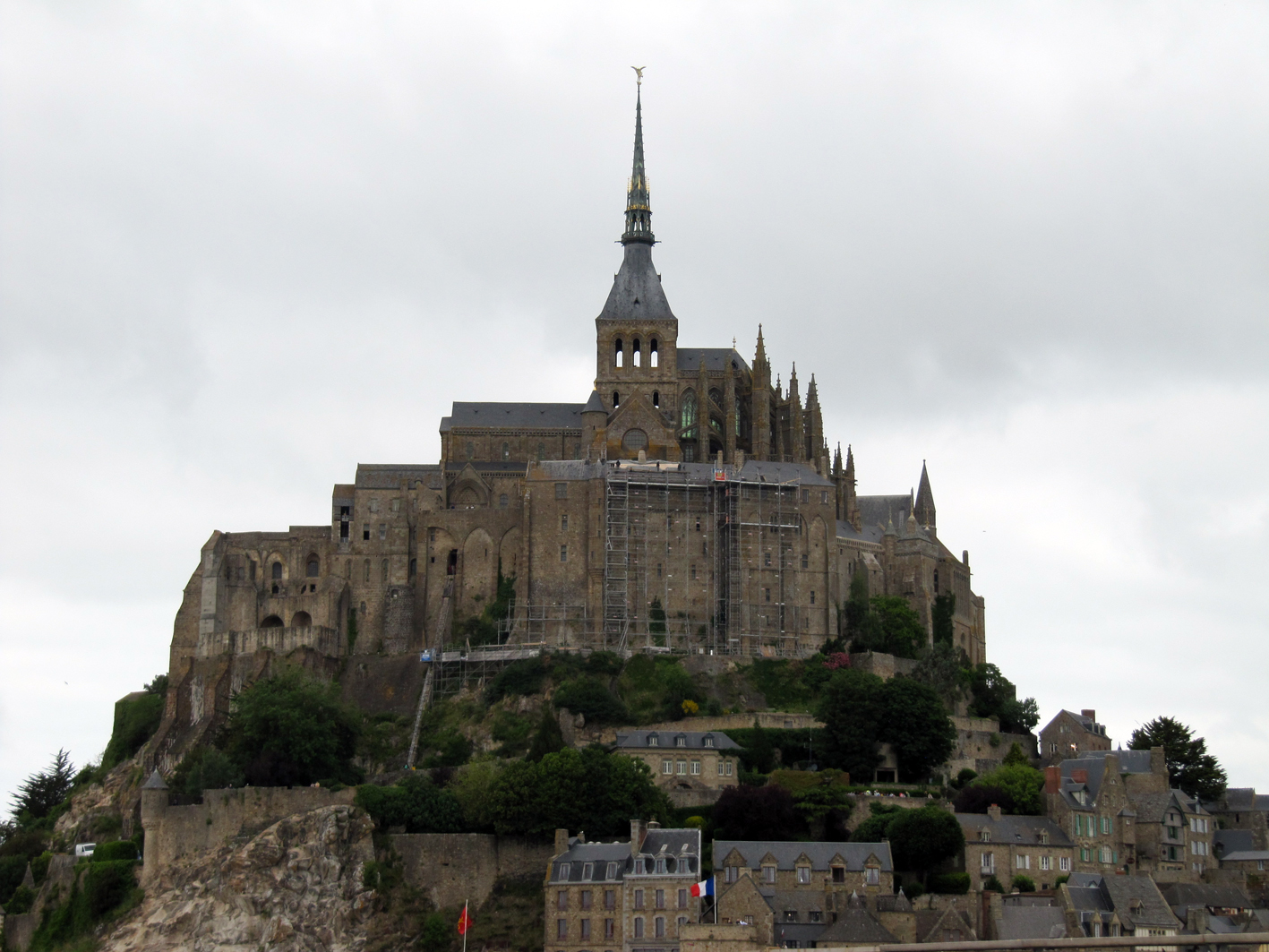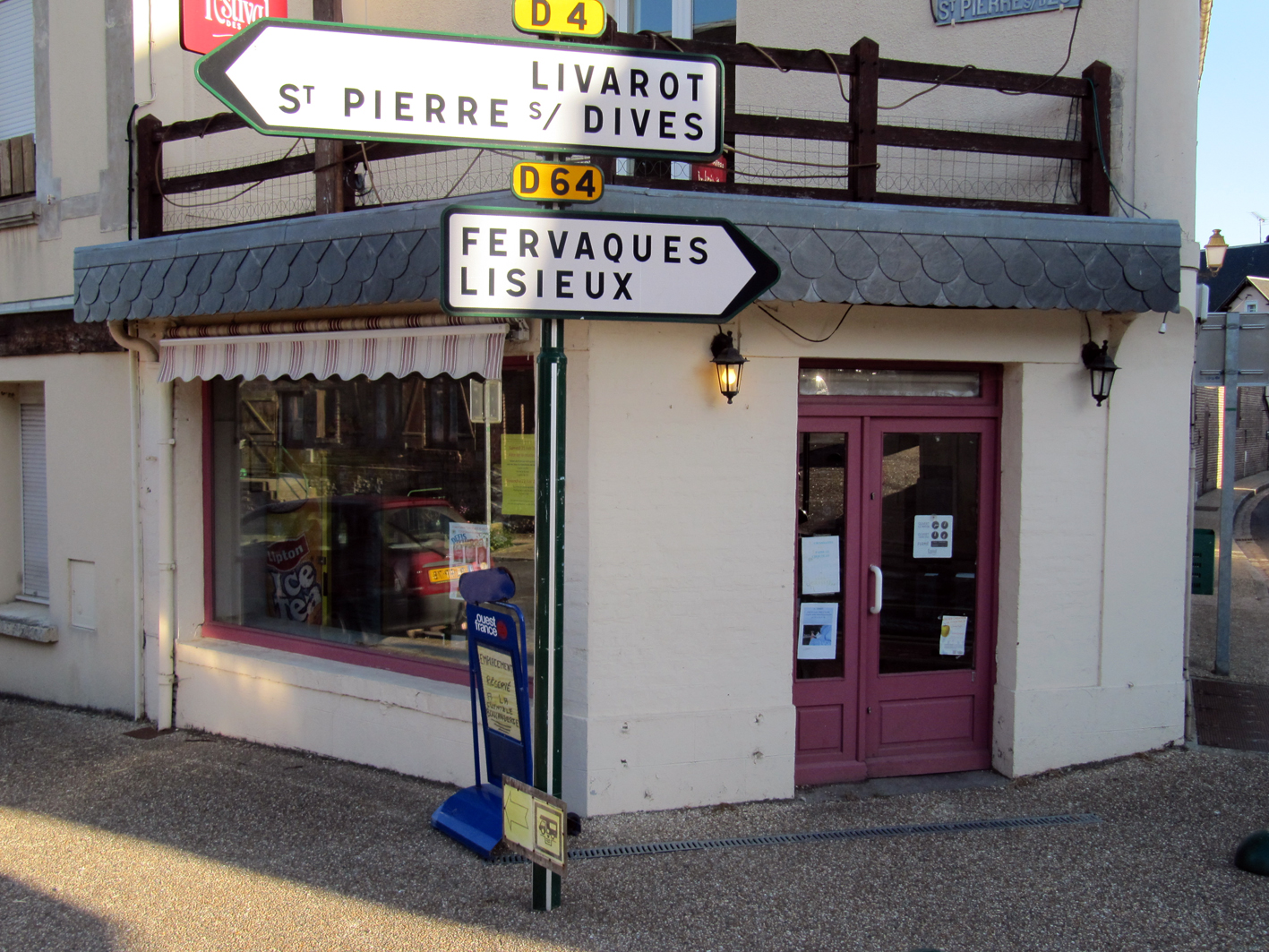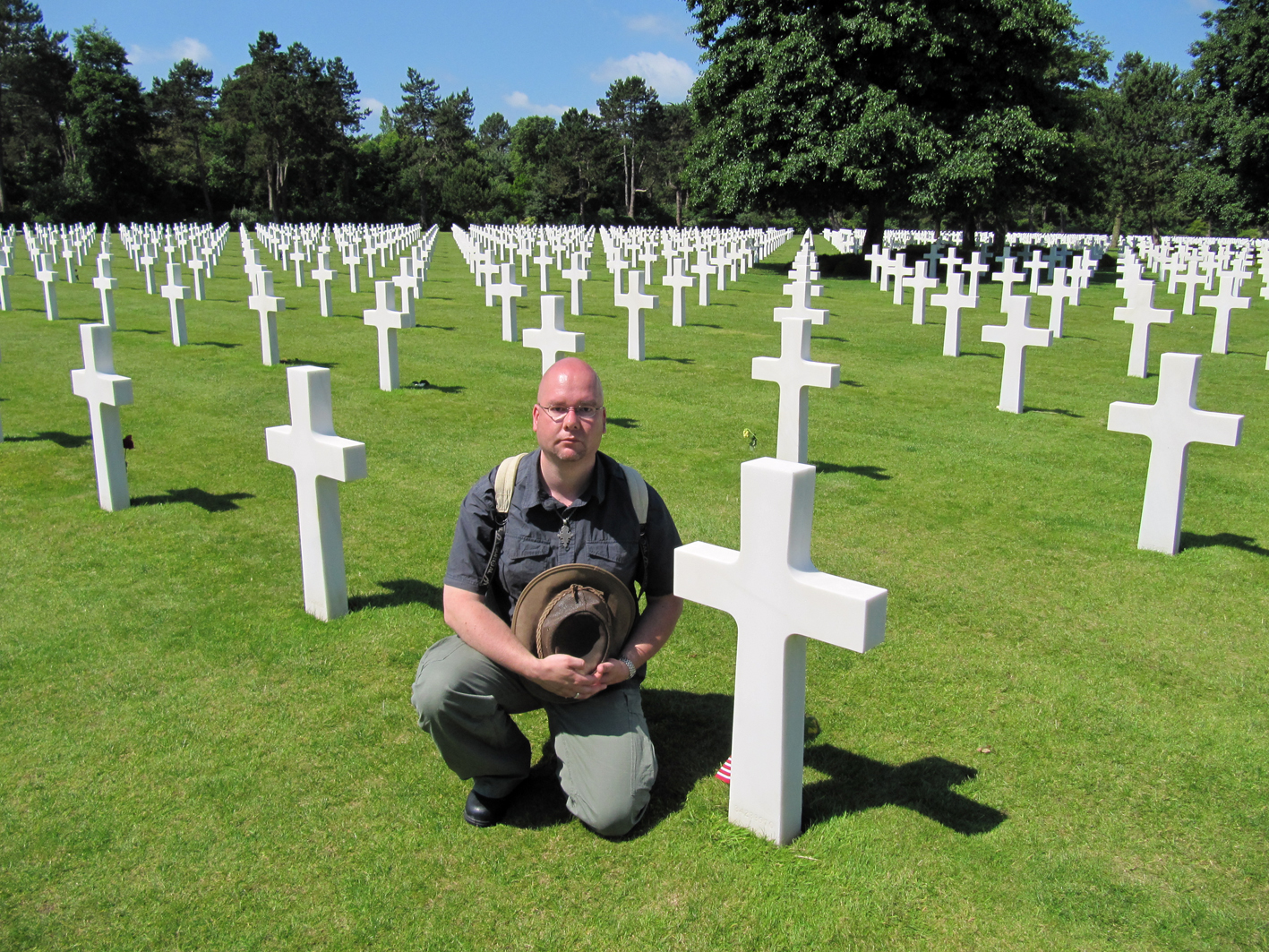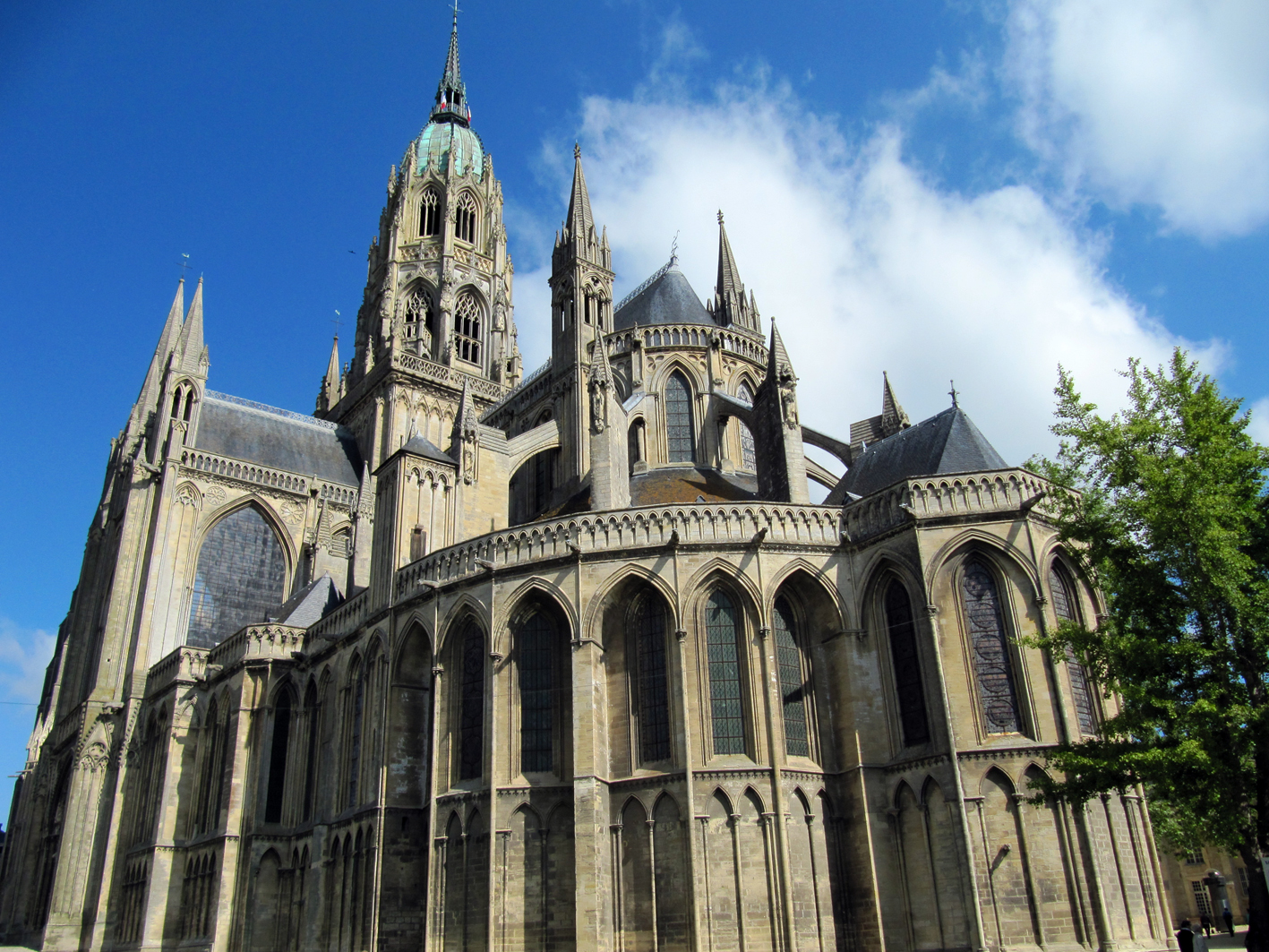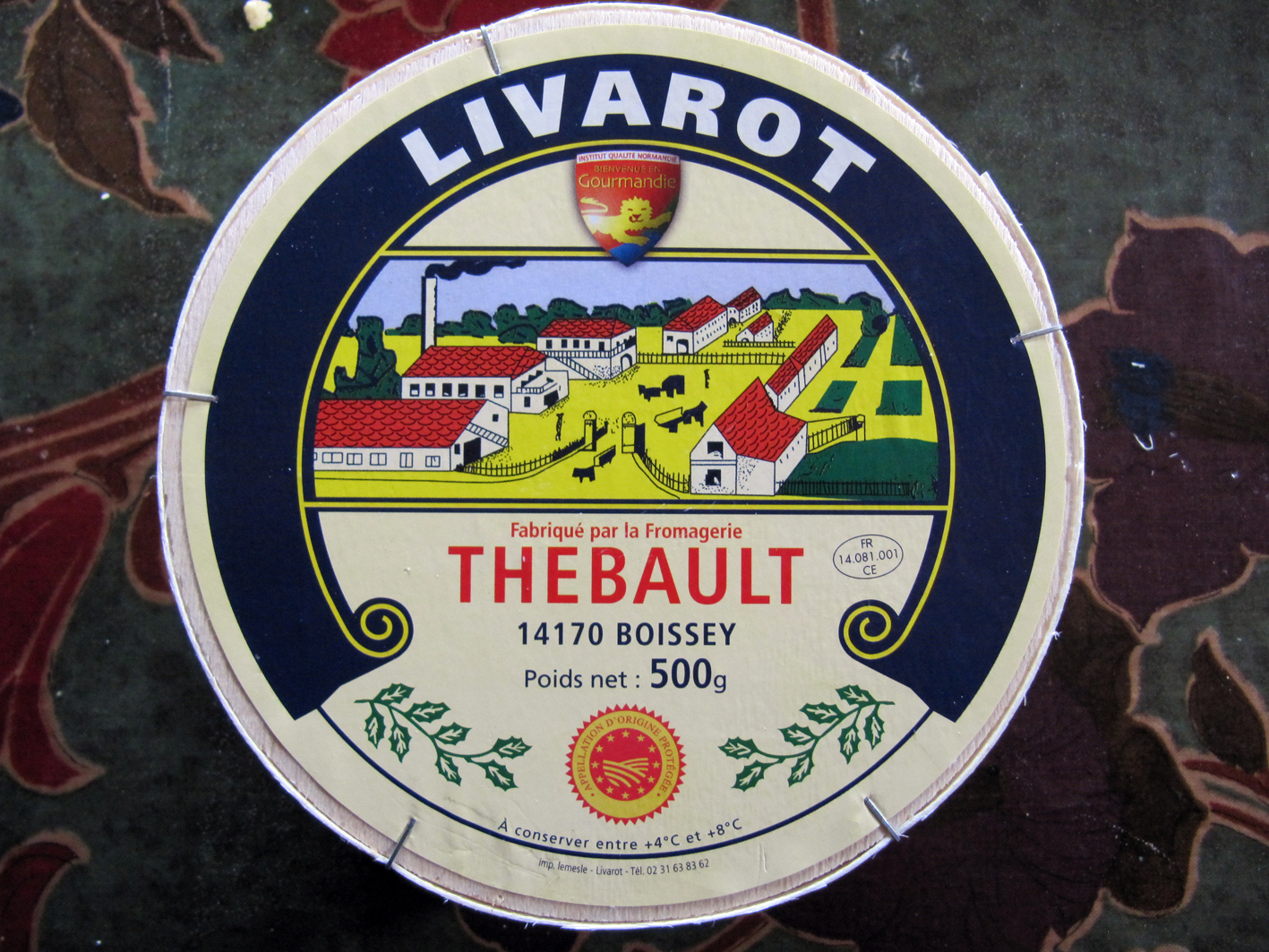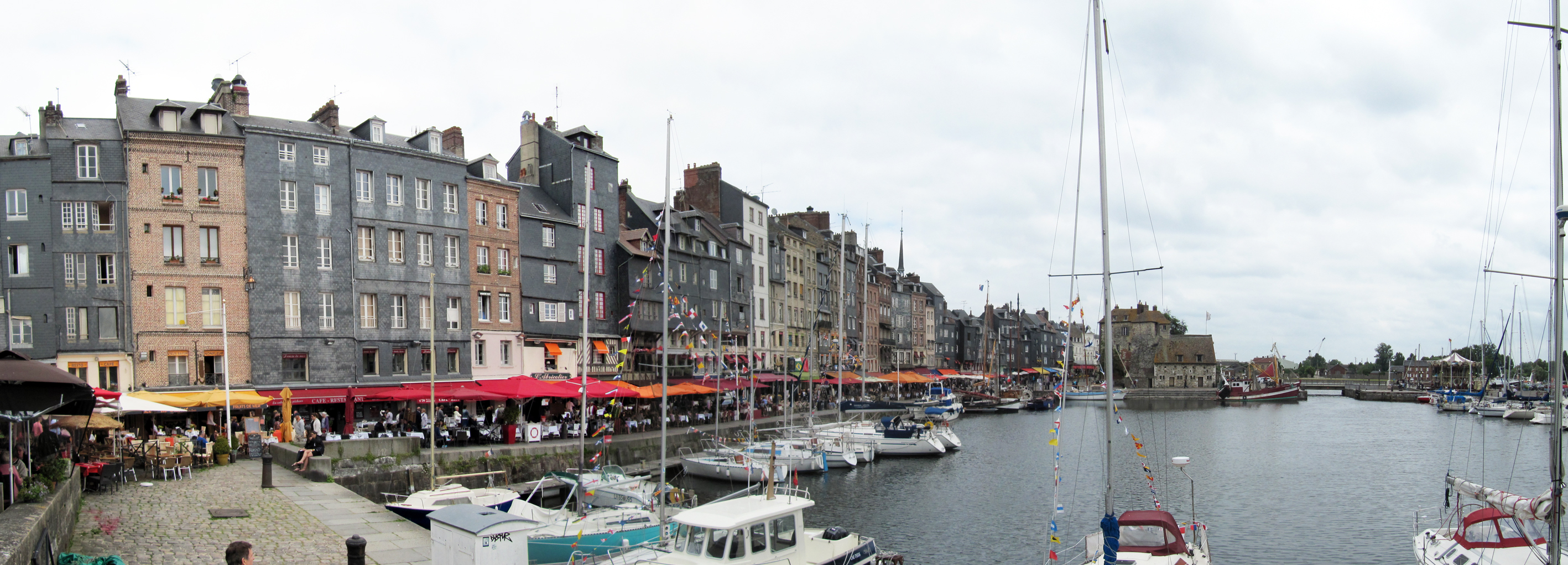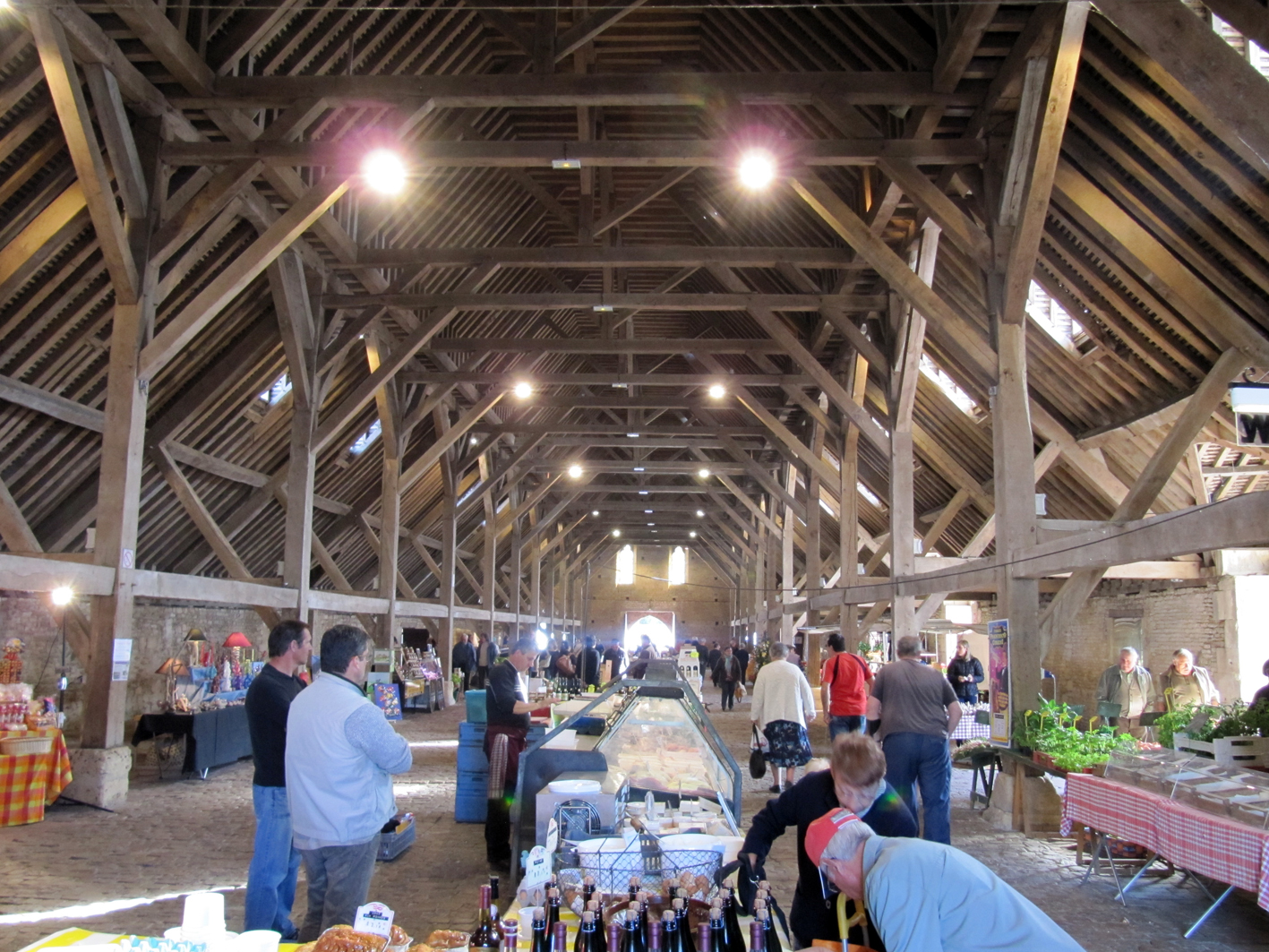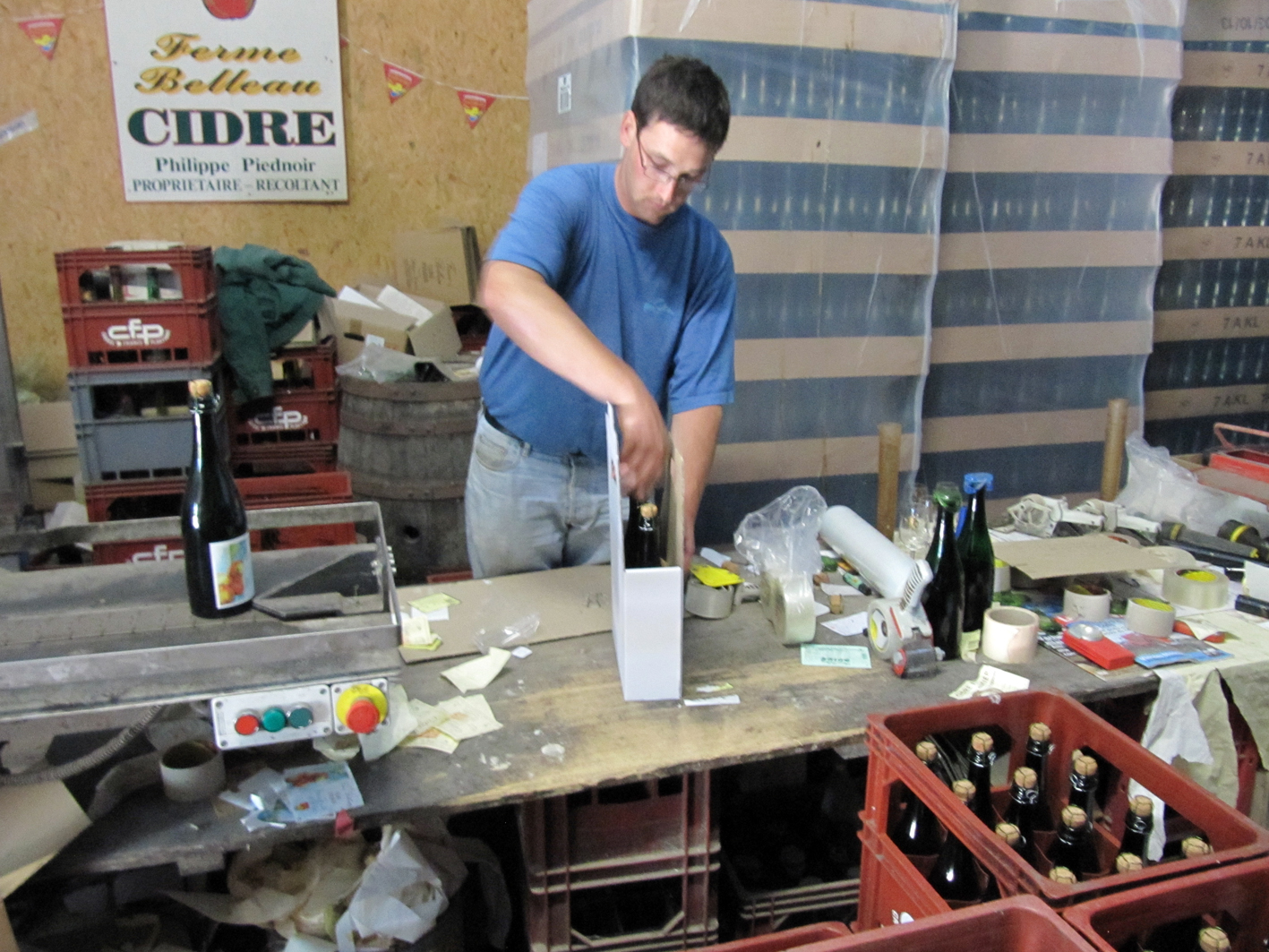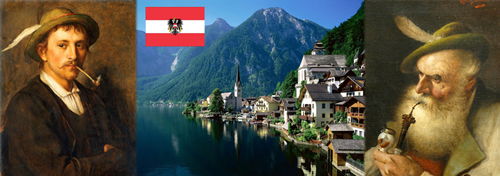For part 1 see here.
Traffic in general
At first sight traffic in Vietnam seems crazily chaotic. Scooters, motorbikes, cars, bicycles, busses, pedestrians all mixed together on one road. Traffic lights.. Well, there is a shirt sold in Vietnam which says: Green light: go! Orange light: go! Red light: go! Which is kind of the truth. However, I came to appreciate the dangerously looking vehicle masses. First reason is that the max permitted speed on almost all roads is just 60 km/h. If it is a double track, two-way street without a median, one-way road with one lane for motorbike 50 km/h or even less. Things are going so slow that a crushing collision is almost ruled out. The second reason is that everyone takes each other into account. No arguments, no fights. If you see someone driving through a red light, riding the wrong side of the road, wanting to cross etc. No problem! Just avoid them. My God, in The Netherlands bloody fights would have broken out between drivers. When crossing a road by foot, don’t be afraid. Go slow, stick out your hand and keep on walking, don’t stop. Everyone will avoid you. Vietnamese traffic is fluid, it flows like water through a meandering river. It may not go fast, but you’ll get there.
 Scooters
Scooters
The favourite way of transport in Vietnam is the scooter. Small, handy and for the locals there are almost no limitations for what you can carry on them. Loads of living ducks, big screen TV’s, building materials, no problem! For me a scooter in such a country means ultimate freedom. On our Bali trip some years ago I rode one for 3 weeks and enjoyed the hell out of it. However, in cities like Saigon and Hanoi it is just way too busy for a pretty inexperienced driver. Luckily, after some research, I downloaded the Grab app. Ideal! You can order a taxi car or even better, a taxi scooter. You enter in the app (which sees where you are located) where you want to go, you get a price which you can accept or not, pay online by creditcard and in no time a scooter shows up. No hassle, no scams. You get a helmet from the driver, climb on the back and off you go. To feel the cooling wind, being manoeuvred expertly through the busy traffic, have fun, cracking jokes with the drivers; an experience I recommend.
Hiring a scooter
In the less crowded places it is much more fun to hire your own scooter. More freedom to move around and see the actual local life. However, I don’t have a motorbike drivers license, but I did get my international normal driving license. Which allows me to ride on scooters up to 50cc. But in Vietnam they’re not difficult about riding more cc’s. In Hoi An I had the idea to rent one to ride to Mỹ Sơn with. At Hoi An Bike Rental the process was very easy. Contact went through WhatsApp, all I had to do was send a copy of my passport. They advised against 50cc, too light, so I got a 110cc one. 15 minutes later a guy arrived at the hotel with my fully filled-up scooter. He had some helmets which I could fit and explained how the vehicle worked. Cost per day: $7.95. The next morning just before the group left for Mỹ Sơn I spoke with our Vietnamese travel leader. Said that I rented a scooter and wanted to go to Mỹ Sơn on it, just following the bus. I have never seen an Asian person turning white before, but he did. “Nononono! Nononono! Vietnamese traffic, crazy! Dangerous!” In the end he and Ellen convinced me to go by bus with the rest of the group. But I had to sign a release form so that he would not be responsible for me with later scooter travels. And in hindsight I was glad I went with the group, because the only (heavy!) rain we had at our holiday was during that trip. The renting process in Sapa was a little bit different. Here I went to the rental place itself and had to leave my ID, which is normal practice. I got it back safe and sound and the owner even gave me a ride back to the hotel.
The Vietnamese national dish and springrolls
Vietnam definitely is a foodie’s wet dream. Just look at YouTube where many vloggers almost literally drool over the countries’ divine dishes. For me it wasn’t until I moved to Olst that I came into contact with Vietnamese cuisine. In nearby Deventer is an excellent restaurant which serves it. Immediately I absolutely LOVED it. The keyword is fresh. Fresh herbs, fresh meat, fresh fish, fresh vegetables. That combined with exotic spices and the omnipresent fish-sauce, mouth watering! And it is mostly not spicy, unlike for example Thai food. The national dish, phở, is a simple yet remarkable culinary soup creation. It consists of a flavourful broth, fresh rice noodles, a selection of herbs and typically includes chicken or (long cooked) beef. However, the true magic lies in its ability to transcend its individual components. It is fragrant, delicious and harmoniously balanced. But beware, throughout the country phở differs. Which is fun to explore. Often I took some fresh springrolls with my phở. Little tastebombs filled with herbs, meat or shrimp. Rolled up in ricepaper they can be eaten cold or fried and come with a dipping sauce. Which can consist of fish sauce, lime, garlic, sugar and chillies. Also here, many, many varieties.
Bánh mì, cao lầu and duck embryos
Then also there is the omnipresent bánh mì. A short baguette (vive La France!), split lengthwise and filled with all kinds of savoury ingredients. A tasty fusion of bread, meats and vegetables. Some cities have their own local dishes. For example Hoi An has cao lầu. It showcases a medley of essential ingredients, including rice noodles, meat, greens, bean sprouts, and herbs. Complemented by a modest serving of broth. The choice of meat revolves around pork, which can be either tender shreds or succulent slices. Or, alternatively, shrimp. At a streetfood tour in Saigon I absolutely wanted to try a balut. A unique delicacy that involves a fertilised bird egg, typically a duck, carefully incubated for approximately 14 to 21 days, varying by local traditions. Following incubation, the egg is gently steamed and served. The fascinating (and for some horrifying) aspect of this culinary experience lies in consuming the contents directly from the shell. The partially-developed embryo within the egg possesses bones that are tender enough to be chewed and swallowed whole. Adding to the distinct texture and flavour of this extraordinary dish. Despite some of the group gagging at the sight of me eating a balut, I actually enjoyed it. Tasted like chicken-liver with an eggy taste. But all of these dishes are not even the tip of the Vietnamese cuisine ice berg. Don’t be afraid and just explore all the streetfood sellers and restaurants. Follow the golden rule: if it is busy, eat! If no one’s there, avoid!
Drinks
Not only the food is world class in Vietnam, the drinks also. The first morning in Saigon I groggily stumbled towards the coffee can at the hotel’s breakfast buffet. Poured some into a mug, sat down and took a sip. Wowwww!!! What the… As if the coffee-Gods pissed all over my tongue. It was delicate yet strong, soft instead of harsh and bitter, a gentle exotic woman quietly waking you up instead of a blaring alarm-clock. I think I never drunk as much of the invigorating black liquid as on this holiday. Hell, I even took some ground coffee home! Ok, Vietnam is nr. 2 on the list of countries that produce the most coffee and they know damn well what to do with it. There are many varieties throughout the country, hot and cold. In Hanoi we had some divine egg-coffee. It is made by whisking an egg yolk together with sugar (or honey) and sweetened condensed milk for approximately 10 minutes, until it transforms into a light and creamy fluff resembling meringue. This delightful mixture is then carefully drizzled over a steaming cup of espresso. To maintain its warmth, the cup can be placed in a bowl of hot water. But my nr. 1 coffee I had in Hoi An. There I indulged in the exquisite taste of iced coconut coffee. Where rich Vietnamese coffee is gracefully poured over a refreshing icy coconut slush, infused with a delicate sweetness and an abundance of coconut flavour and fragrance. At that point I was seriously contemplating to stay in Vietnam and never go home again. But it’s not all coffee. I can’t tell you about alcohol because I don’t drink that any more. However, I can tell you about all the fresh fruit drinks. Yup, fresh, not from a carton or bottle. Fresh fruit made into icy spectacular drinks which make you groan in pleasure on hot days.
 Massages
Massages
If you ever want to have your body kneaded by exotic ladies for little money, go to Vietnam. Big business there, plenty of choice. Everywhere you look in almost any town: Massage & Spa. Of course some of you pervs will think: happy ending! Well, that is certainly not happening in most massage salons. But they are out there, like the spa in our Saigon hotel. One of the guys of our Belgian gay couple wanted to let his muscles loosened up there. At one point during the massage the woman started feeling up his balls and tried to jerk him off. He fled the room with only a tiny towel before his private parts while leaving behind the masseuse, screaming for money. We wanted to wait until we got to Sapa for a massage. After doing some research we ended up there at Eden Massage & Spa. The salon itself was clean and tidy, we had to leave our slippers at the door immediately. A cup of herbal-tea was offered while we made a choice from the massage-menu. No hassle with vague prices and such. We opted for a herbal bath and then a 1-hour herbal massage. The wooden bath was (very) hot and the herbs used intoxicating. When we got out and dried ourselves 2 (tiny) masseuses stood ready for us at the massage table. “How the hell are they going to massage us?” I wondered. Well, they simply jump on the tables and then work your body. The masseuses were very professional. They knew how to find and manipulate the muscles, knots and joints into (sometimes agonising) detail. Other than that, mine also “read” my body well. Harder when it should be harder, softer when it should be softer. Here the herbs used were also almost transcending. Slowly I drifted away in an exotic daydream of pain and pleasure.
 The Vietnamese people
The Vietnamese people
The Vietnamese are a very friendly and polite bunch with a good sense of humour. Just like their traffic they never really stop, they seem to just flow through life, keep going. They are as tough as leather. What I have seen them do in extreme heat, *pheww..* Now I totally get why the great and mighty USA couldn’t win the war and why it would be a bad idea for China to invade Vietnam. In that case the last thing many Chinese soldiers will see is a scrawny Vietnamese coming from the bushes, slashing their throats. The Vietnamese are very proud of their country. Sure, things can be better, but they are working on it. When we crossed a bridge in the bus our travel leader, chest puffed out, told us it was the first bridge engineered and build by Vietnamese. They are also very thankful. When you buy something locally (always buy local, don’t buy at chain stores!) you very often get rewarding big smiles and thank you’s. The same at restaurants and street food places. Although many times they hardly or even not speak English, getting across what you want is pretty easy. Ok, Google Translate helps. Sometimes they are a bit shy to approach a foreigner in a local restaurant. Several times when I came in a place crowded by only Vietnamese, I saw the staff nervously looking at each other who would help the strange bald white man. But when they do they are so kind. I had my first hot pot at a local restaurant in Hanoi. With a bit of help from Google Translate I was able to get across that it was my first time and I had no idea what to precisely do. So for the rest of the meal one of the waitresses prepared the food for me and gestured which sauces to use, which combinations to make etc. Of course I gave her a good tip.
 Pipe smoking in Vietnam
Pipe smoking in Vietnam
Before the journey I contacted a Vietnamese pipe-smoker I have on my Instagram, Trần. When visiting a foreign land I always try to seek out local brothers of the briar. Smoke a pipe together, have a chat, have a drink. That way you experience a country in a whole different way. Trần lives in Hanoi and already gave me some tips and info. Sadly, when the time was there for us to meet he got covid.. He was ok but a meeting, no. Also, during my trip I got a comment on my blog from another Vietnamese pipe smoker, who was reading my blog posts and loved the articles. His name is Phuc and lives near Saigon. Unfortunately I already had been there so a meeting was impossible. But he kindly provided me with a lot of information. Being a pipe smoker in Vietnam you have the best of Europe and the USA at your disposal. Pipe brands like Savinelli, Chacom, Big Ben and Vauen. Tobacco brands like GL Pease, Cornell & Diehl, Samuel Gawith, Rattray’s, Captain Black, MacBaren, Peterson and W.O. Larsen. These are available at specialised shops like Khói Lửa, Khói store and High Collection. Pricewise, a tin like Samuel Gawith’s Full Virginia Flake will cost you 450,000 VND, which is around $19. Blends such as GL Pease Chelsea Morning will set you back at 350,000 VND, roughly $15. For Vietnamese standards very expensive.
Thuốc lào
In Vietnam, smoking is incredibly widespread. With around 50% of men and 5% of women, totalling an estimated 18 million people, using tobacco. It is deeply intertwined with Vietnamese culture, where the old act of exchanging cigarettes still serves as a customary form of greeting. And it is dirt cheap, 1 pack of Marlboro is only $1.28. But Vietnam has its own famous, or better, infamous tobacco. Amidst the vibrant streets of Hanoi’s heart, where small street-side cafes line the pavement, one can easily glimpse clusters of middle-aged individuals, both men and women, drinking bitter green tea. Their animated conversations about life fill the air, interwoven with wisps of smoke that escape from a grand bamboo pipe. They are smoking Thuốc lào, which literally means “drug from Laos”. And drugs it is, because this is not our familiar Nicotiana Tabacum, but its ancient very potent brother: Nicotiana Rustica. Those leaves have a nicotine content as high as 9%, whereas Nicotiana Tabacum leaves contain about 1 to 3% of vitamin N. Well known brands are Hạt Đỗ and Hàng Gà. Thuốc lào offers two consumption methods: smoking or chewing. When opting for smoking, individuals commonly employ a bamboo pipe for their enjoyment.

Woman smoking a Dieu Cay. She said she was only 53, so this is what too much Thuốc lào does to you..
The different bamboo pipes
Mainly there are 3 different bamboo pipes for the use of Thuốc lào. The Dieu Cay is a popular choice for smoking. It features a small bowl-shaped hole where tobacco is placed. One end is sealed, holding a small amount of water, while the other end remains open for smoking. It offers convenience, flavour and to many an enticing sound. Its affordability has made it a favourite among common workers and farmers in their daily lives. The Dieu Bat consists of a ceramic bowl for water and a small straight stem, crafted from a 50 cm bamboo tube. Tobacco is placed in a hole above the bowl, lit, and the smoke is inhaled, savoured and released. Adorned with intricate patterns, the bowl of the Dieu Bat finds favour among the royal and Mandarin classes. Due to its size, it is primarily used at home. The Dieu Ong is a 30 cm long masterpiece, crafted from precious wood, animal bones or even ivory. Adorned with intricate carvings, it features a silver hoop, handles, and rim, adding to its opulence. This exquisite piece is popular in rich families.
Smoking and chewing Thuốc lào
To indulge in Thuốc lào in true Vietnamese style, all you need is a bamboo pipe, a ball of the tobacco and fire. Find a local drink stall on any street, order a cup of green tea, and prepare for the experience. Pack the tobacco ball into the pipe, ignite it, wait briefly, blow out the ash and take a deep inhale while sipping tea. As the smoke escapes your mouth, you’ll feel a blissful “phe” sensation (Vietnamese slang for getting high). Compare it to the “first cigarette in the morning”, but much stronger. Just be cautious not to get too carried away and ask someone nearby to sit behind you in case you keel over. You can laugh now, but these things happen with unsuspecting tourists, see this video. In addition to smoking, Thuốc lào can be chewed. Place a pinch of dry tobacco in your mouth, keeping it between your teeth and cheeks. Occasionally chew the tobacco to release its flavours, but avoid swallowing it! Although chewing Thuốc lào may not provide the same intense high as smoking, it offers a unique and worthwhile experience (or just the opposite), worth trying at least once.
 Back home
Back home
Of course I had to bring some Thuốc lào home. Our Vietnamese travel leader (a smoker himself) knew where to get it and he would buy me some. So on a evening in our hotel room in Hanoi there was a soft knock on the door. I opened it and there stood Binh, with a plastic bag. “Ia hava the stuff, 25,000 VND pleasa.” It sounded like some shady drug (from Laos) transaction. I gave him 30,000 VND for his troubles. In the bag were 5 small carton packs of (I think) 25 gr each. I didn’t trouble myself with opening one and put them in my travel bag. Once settled back home on a evening that Ellen wasn’t there, I had a copious meal and poured in some soda, I tore open one of the cartons. Inside what was what I can best describe as a sample bag filled with very finely cut tobacco. When I opened the bag I was greeted by a strong, earthy, rustic odour. Certainly not your slightly perfumed black cavendish. I got my old relatively small Dunhill “Duke Street” pipe and filled it carefully with the Thuốc lào. After a quick prayer to the tobacco Gods I lit up. I expected it to awful, vile and nasty, but to my surprise I quite enjoyed the taste. Like a natural, heavy, bold Kentucky, burley with a little herby twist. Only burning-wise it was a total disaster. I would not keep burning. After a relight I could manage just about 2 or 3 puffs before it went out again. Later I tried different ways of packing the pipe, no result. The nicotine was just manageable. I didn’t smoke it over my lungs and I was prepared. But I can imagine very well that a non-smoking tourist who hasn’t eaten yet, can get knocked down by inhaling the Thuốc lào smoke. Anyway, all by all it was a good experience. Just like Vietnam itself. Cảm ơn!



























